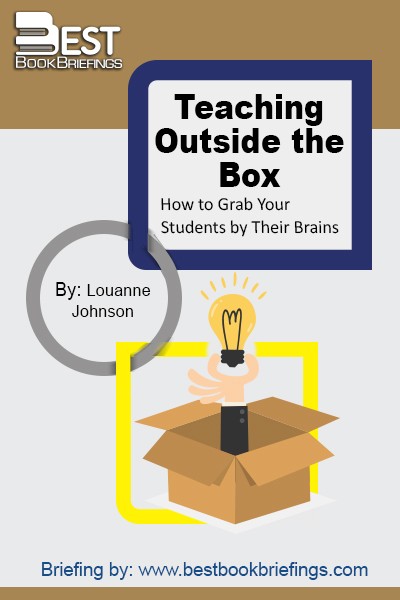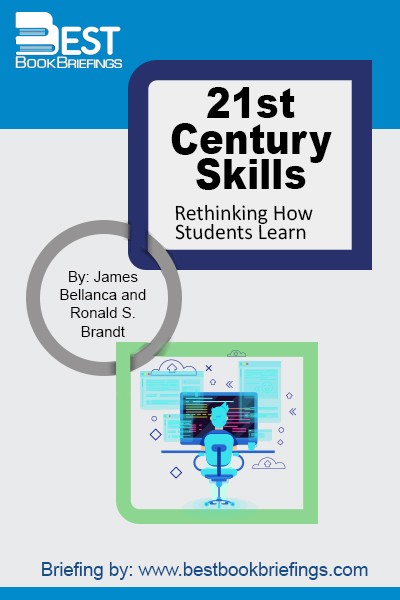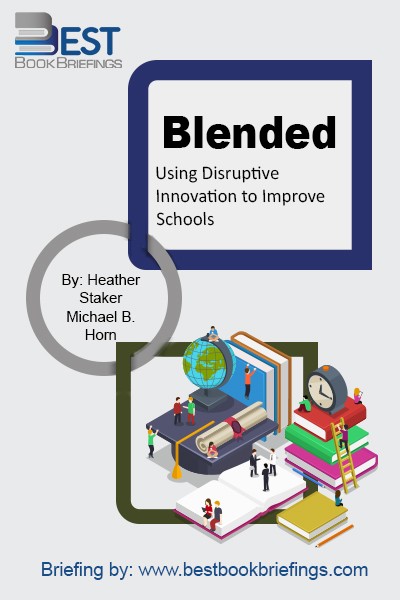Blended
Using Disruptive Innovation to Improve Schools
Editorial Review
Online learning has improved dramatically since its arrival. Online content is becoming more engaging. And most students now have an internet device within reach, whether as a laptop, a tablet, or a mobile smartphone. Furthermore, an increasing number of students are experiencing online learning while continuing to attend their traditional brick-and-mortar schools – a phenomenon called ‘‘blended learning.’’ This summary focuses on the rise of blended learning in K–12 schools and on the striking implications for students, educators, and schools as it gains momentum.
Book Reviews
Books on Related Topics

From seating plans to Shakespeare, Teaching Outside the Box offers practical strategies that will help both new teachers and seasoned veterans create dynamic classroom environments where students enjoy learning and teachers enjoy teaching. This indispensable book is filled with no-nonsense advice, checklists, and handouts as well as a step-by-step plan to

No generation can escape the responsibility of deciding what students should learn by analyzing what adults are called upon to do. In the old days, people were taught to do simple calculations, write letters, and read. As farming grew in complexity, schools in rural areas began teaching vocational agriculture. With the

Children come into the world burning to learn and genetically programmed with extraordinary capacities for learning. Within their first four years or so they absorb an unfathomable amount of information and skills without any instruction. They learn to understand and speak the language of the culture into which they are born,



